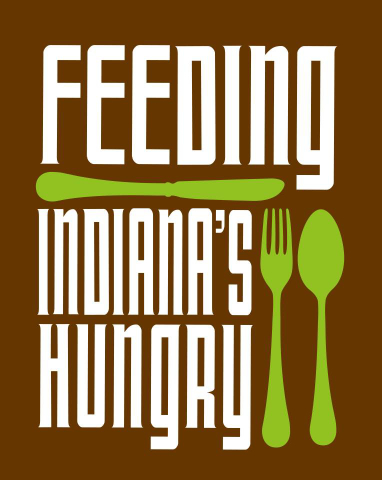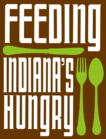New Report Shows 8.5 Percent of Households in Indiana Report Difficulty Accessing Affordable Fresh Fruits and Vegetables
INDIANAPOLIS, IN – December 15, 2011 –8.5 percent of households in Indiana reported difficulty accessing affordable fresh fruits and vegetables in the communities where they live, according to Feeding Indiana’s Hungry. This is slightly above the national average of 8.2 percent of American households for the same 2008-2010 time frame of the study.
Much attention has been paid in recent years to whether Americans have adequate access to healthy food in their communities, and this new report by the Food Research and Action Center (FRAC) sheds a light on such challenges in Indiana and across the nation.
Containing data down to the congressional district, FRAC’s report – A Half Empty Plate: Fruit and Vegetable Affordability and Access Challenges in America – analyzes the answers given by hundreds of thousands of survey respondents to a question posed by Gallup-Healthways: “In the city or area where you live, is it easy or not easy to get affordable fresh fruits and vegetables.” FRAC characterizes “not easy” answers as evidence of an affordability and access challenge.
In Indiana for the 2008-2010 time period, the report found:
- 8.5 percent of people in Indiana said they were unable to access or afford fresh fruits and vegetables. The rate for households with children was 9.3 percent.
- For congressional districts in Indiana the rates ranged from a high of 11 percent to a low of 6.5 percent for all households. See table below.
Nationally, those with household incomes less than $24,000/year reported affordability and access challenges 2.5 times more frequently than those with incomes between $60,000 and $89,999. People who reported high rates of food hardship (an inability to afford enough food) also were more likely to say they had difficulty accessing affordable fresh fruits and vegetables in their communities. Among people reporting poor health status, the prevalence of fruit and vegetable affordability and access challenges was four times that of people reporting excellent health status (20.0 percent vs. 5.0 percent).
“A household’s ability to access healthy food hinges on having enough resources to do so. The fact that more than 200,000 Hoosier households indicate it was not easy to access affordable fruits and vegetables shows that many are struggling with this access and affordability problem, and that it is an economic challenge at the household level,” said Emily Weikert Bryant, Executive Director of Feeding Indiana’s Hungry. “Supporting families’ ability to purchase healthier food items is essential to solving this challenge. That includes efforts at the federal level to improve SNAP benefits so they go further, efforts at the state level to increase outreach so more people receive these benefits, and then efforts at the community level to increase the number of outlets offering healthy food and accepting SNAP benefits. Feeding Indiana’s Hungry and our member food banks also work with farmers, producers and retailers across Indiana to increase fresh produce available to our clients to provide additional access to healthy foods.”
The full report is available on FRAC’s website at http://frac.org/pdf/half_empty_plate_dec2011.pdf.
IN Congressional District All Households | Households with Children | |
1 | 7.7 | 7.4 |
2 | 8.9 | 10.2 |
3 | 8.2 | 8.4 |
4 | 7.5 | 7.6 |
5 | 6.8 | 7.3 |
6 | 11.0 | 11.5 |
7 | 8.5 | 10.7 |
8 | 9.6 | 10.9 |
9 | 8.4 | 9.3 |
Statewide | 8.5 (28th in the nation) | 9.3 (27th in the nation) |
About the Report
A Half-Empty Plate contains the Food Research and Action Center’s analysis of survey data that were collected by Gallup. Gallup has been interviewing 1,000 households per day almost every day since January 2, 2008 for the Gallup-Healthways Well-Being Index project. People have been asked a series of questions on a range of topics including emotional health, physical health, healthy behavior, work environment and access to basic services. Specific to this report, people were asked, “In the city or area where you live, is it easy or not easy to get affordable fresh fruits and vegetables.”



